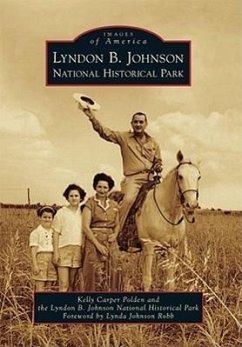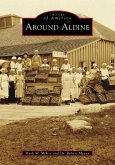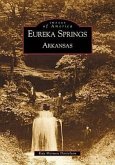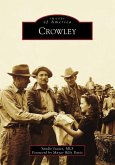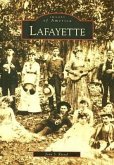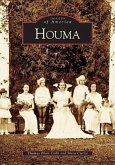Pres. Lyndon B. Johnson (LBJ) took pride in his heritage and in the Texas Hill Country roots of his pioneer ancestors. He delighted in showing guests the ancestral settlement, and his birthplace, boyhood home, and the family treasure: the LBJ Ranch and the home that became known as the Texas White House. LBJ generously gifted these cherished assets to the people of the United States. Lyndon B. Johnson National Historical Park holds more assets significant to an American president than any other U.S. presidential site. Visitors may stroll through the Johnson Settlement, stepping back in time to the 1860s, when President Johnson's ancestors helped settle Johnson City, which was named after James Polk Johnson, nephew to LBJ's grandfather. The Boyhood Home and Visitor Center are located close to the Johnson Settlement, and visitors can tour the reconstructed Birthplace and enjoy a scenic drive through the LBJ Ranch before touring the Texas White House. This book illustrates the significance of LBJ's heritage and the circle of life represented by what is both a birthplace and a final resting place.

